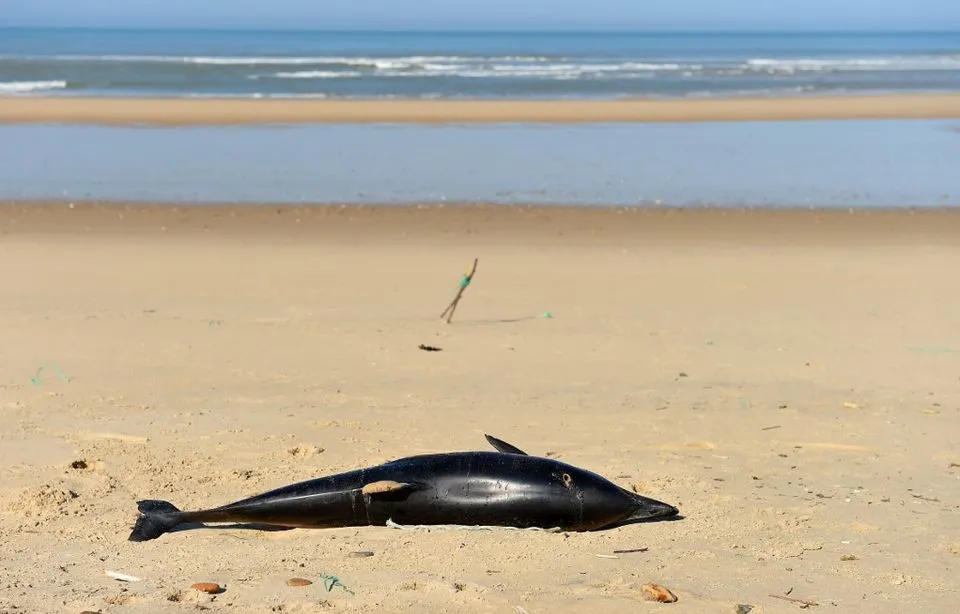
Strandings, visible part of the carnage
The project is called « DolphinFree » and was launched in 2020. We know the context: massive strandings of common dolphins on our beaches, every year from December to April. If there have always been some, they have been rising very sharply since 2016, notes the Pelagis observatory. Particularly on the Atlantic coast. There were 1,149 in 2019, 1,299 in 2020, 669 in 2021. « Since December, we have reached 450 and the stranding season is not over, » warns Cédric Marteau, director of the « Nature Protection » division. to the LPO. Just the emerged part of the carnage, he insists: “The majority of dolphins caught in the nets sink on the spot or are swept away by the currents offshore. “Pelagis estimates between around 4,000 and 8,000 the number of common dolphins killed by fishing each year in the Bay of Biscay in recent years”, confirms Bastien Mérigot.
There is little doubt about the cause of these strandings: « about 90% of the carcasses examined bear the marks of accidental fishing catches », indicates Bastien Mérigot. But why especially since 2016? « We don’t really know, » he replies. This could be linked to the spatial redistribution, closer to the French coasts, of the fish populations on which the dolphins feed. Hake, bass, sole, pollock… The same ones that fishing boats target. Everyone finds themselves navigating the same corners, increasing the risk of interactions, which are often fatal for the dolphins.








